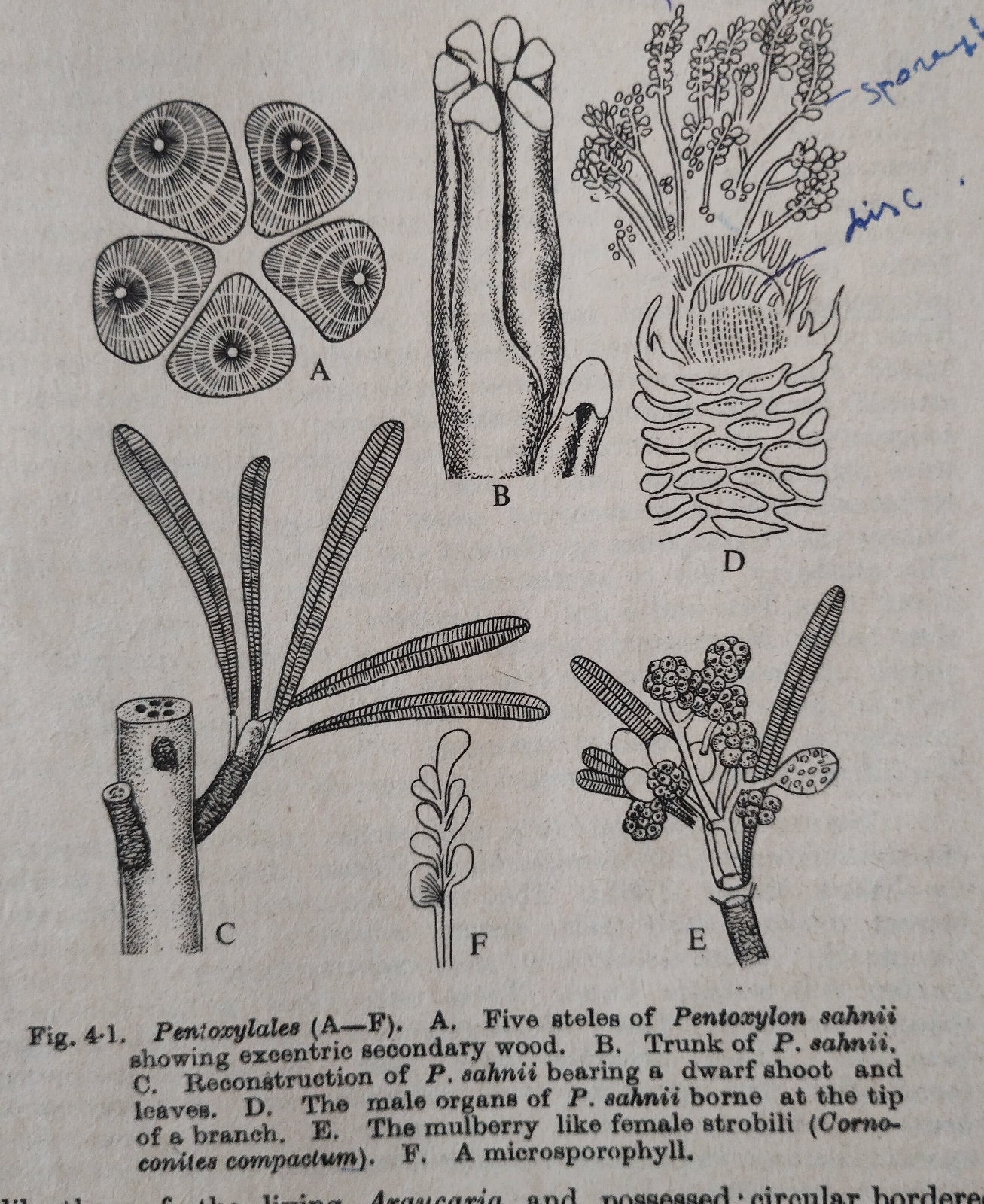Management: Concept & Function
TS 03 Unit 1 Management : Concept and Function
1.1 What is management?
Management refers to the organizing and directing of human activities for attaining a definite objective. It is a process through which all the resources are organised and utilized to attain maximum efficiency.
In its broad sense , management may include the following:
(i) Formulations of plan , policies and objectives,
(ii) Securing men, material, machinery, money and methods for this achievement,
(iii) Putting all them into operation,
(iv) Directing and motivating the men at work,
(v) Supervising and controlling their performance, and
(vi) Providing maximum satisfaction and service to employees and public at large.
Features:
(i) Management is a dynamic process: It includes a series of interconnected steps for achieving the business goals and objectives. It starts with planning, where objectives are set, strategies devised and resources are allocated.
(ii) Efficient Performance: It ensures the performance of the team. If one can deliver top- notch performance in the required times, then they are said to be an effective performer.
(iii) Holistic Approach: It takes into consideration the immediate objectives and long-term sustainability.It also considers the impact of decisions on stakeholders and society.
In simpler terms, management is the systemic procedure of strategizing, structuring , guiding , and overseeing the endeavors of individuals striving to meet the goals of their organization.
1.2. Functions of Management:
According to Koontz and O’Donnel the functions of management are the following:
(i) Planning,(ii) Organizing, (iii) Staffing , (iv) Directing, and, (v) Controlling .
(i) Planning:
Planning is concerned with the determination of the objectives to be achieved and course of action to be followed to achieve them efficiently and effectively.. It implies decision -making as to what is to be done, how it is to be done, when it is to be done and by whom it is to be done.
Planning is done at all levels of management. At higher levels, plans are long term in nature and at lower levels they are short- term in nature.
For example,
(a) a retail company plans to expand its market share by opening new stores in untapped regions,
(b) an IT firm outlines a strategy to develop a new software product to meet customer demand.
Importance:
(A)Provides direction: Planning clarifies the organization’s purpose and guides employees towards common goals.
(B) Resource Allocation: It optimizes the allocation of resources,such as finance, personnel, and time to maximize productivity.
(C ) Minimizes Risks: Planning anticipates potential risks and helps in developing contingency plans to mitigate them.
(D) Enhance Efficiency: By providing a roadmap, planning streamlines operations and reduces redundant efforts.
Through effective planning,companies can stay focused, resourceful,and resilient in the face of challenges and achieve long term growth.
(ii) Organizing Function:
It is the second step in which management involves arranging and structuring resources to optimize efficiency and achieve the predetermined goals effectively.
Organizing allocated resources like people, materials ,finance, etc by dividing works among specialized employees, defining hierarchy of authority and maintaining collaboration among different departments of the organization.
Example,
A tech startup divides its teams based on expertise, such as software development, marketing,and customer support.
(iii) Staffing:
Staffing is the third crucial management function which focuses on recruiting the right people for the right positions, providing them with proper training and development,and ensuring their growth within the organization.
(a) Staffing starts with analyzing workforce required for future needs.
(b) Management assesses and recruits the best fit for the jobs .
(c ) Staffing arrages training to enhance skills and performance of employees.
(d) It provides feedback and regular appraisal .
Example,
A healthcare organization provides training to enhance their patient care skills.
By recruiting , developing and retaining top talent , managers can build a strong and cohesive team for future success.
(iv)Directing Function:
Directing is the fourth important function of management and focuses on the following:
(a)Managers leadership quality provides direction and inspiration to employees to achieve the target.
(b)The management provide regular training to enhance skills, recognise and provide rewards to foster a positive working environment through regular meetings and feedback sessions.
Example: - A team leader motivates team members to meet project deadlines by providing encouragement and support.
Effective direction enhances employees morale and activities too which help to attain the target by a teamwork and cooperation through regular training sessions.
(v) Controlling Function:
The fifth management task monitors and evaluates organizational activities with the comparison of actual performance with a set of standards, identifying deviations,and proper correction to achieve desired goals . Controlling has following steps:
Establishment of standard performance.
Measurement of actual performance.
Comparison of actual performance with the standards and finding out deviation if any.
Corrective action.
Controlling provides the information that keeps the corporate goals on track. By controlling, management keep informed of what is happening; what is working and what isn't , and what needs to be continued, improved , or changed.



Comments
Post a Comment